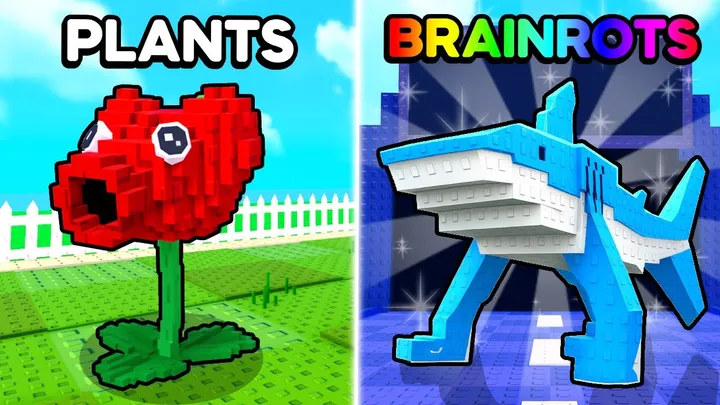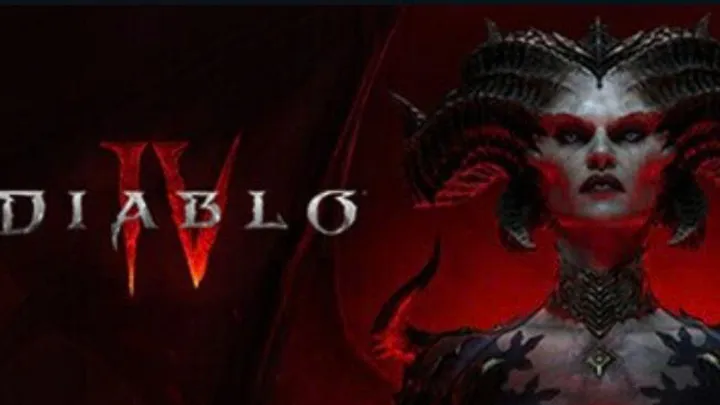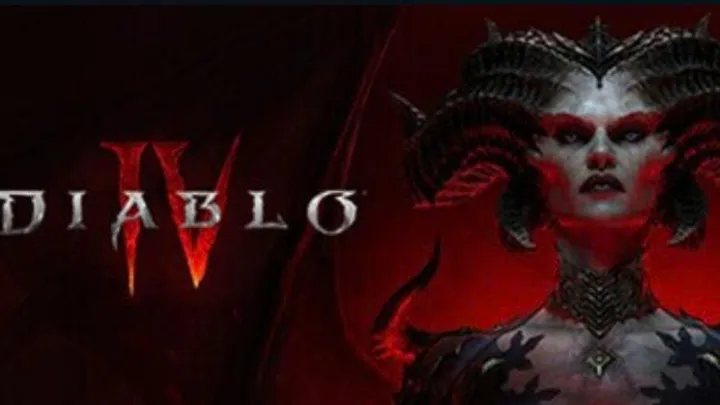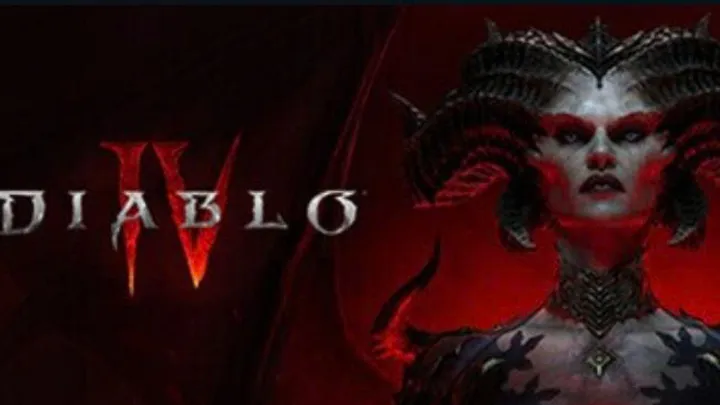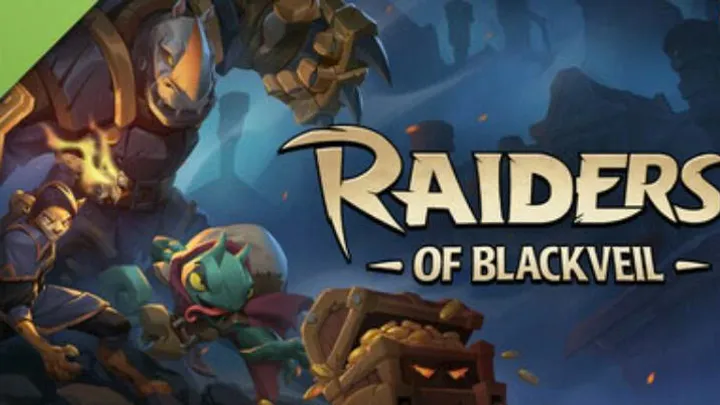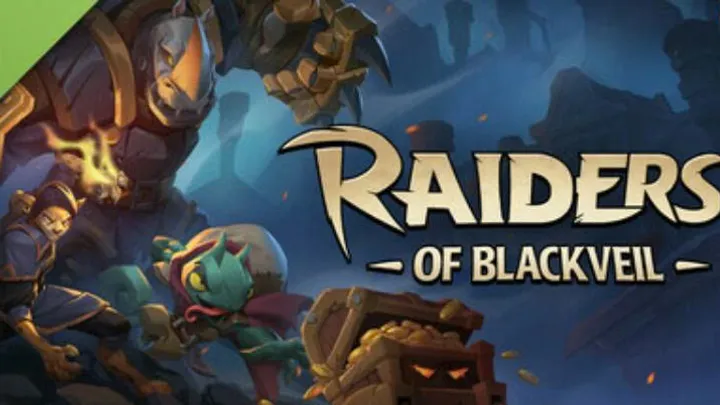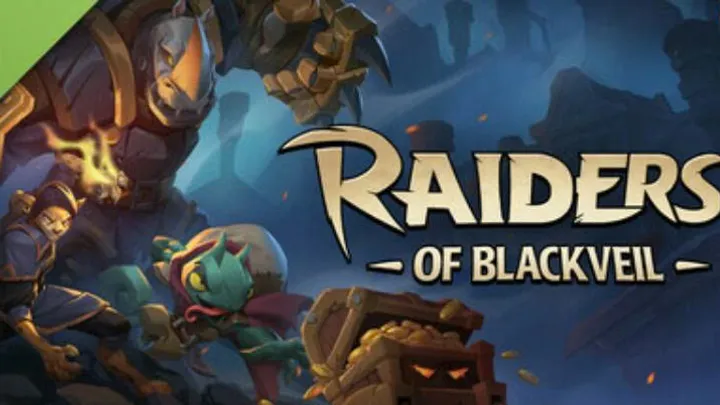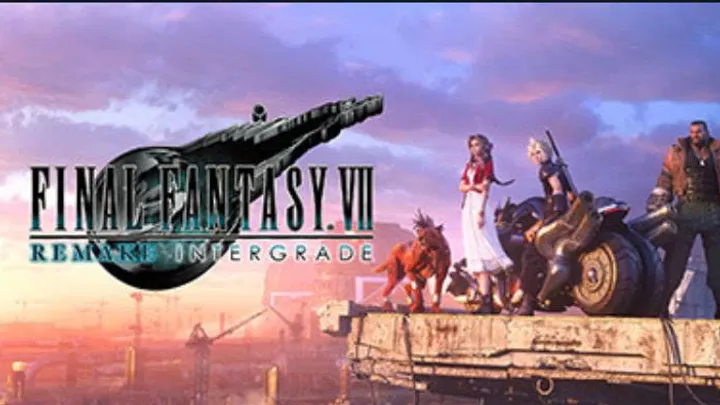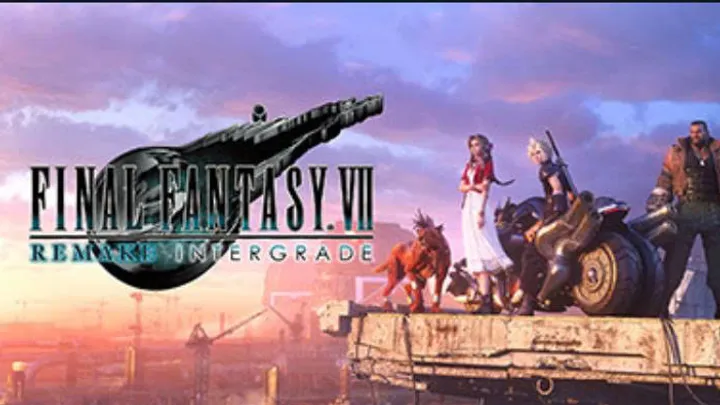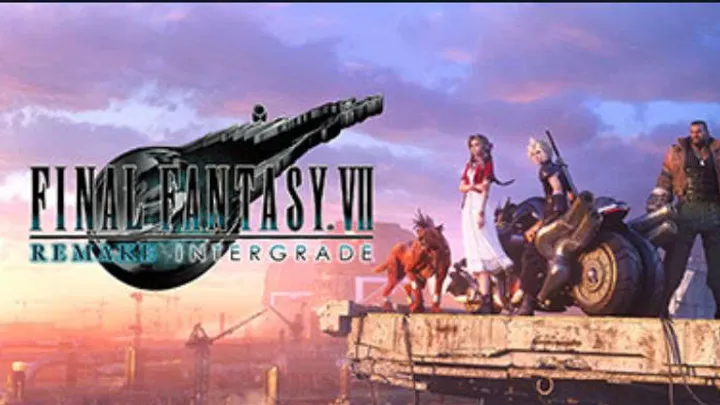The First Descendant is a free-to-play looter-shooter RPG developed by Nexon. You play as a “Descendant,” an enhanced human warrior fighting the alien Vulgus threat. The game mixes fast third-person shooting, powerful skills, and heavy gear customization. To grow efficiently and enjoy the game, you’ll want to know what to prioritize at every stage. This guide walks you through tips from beginner basics to advanced strategies.
Getting Started: First Quests & Choosing Your First Descendant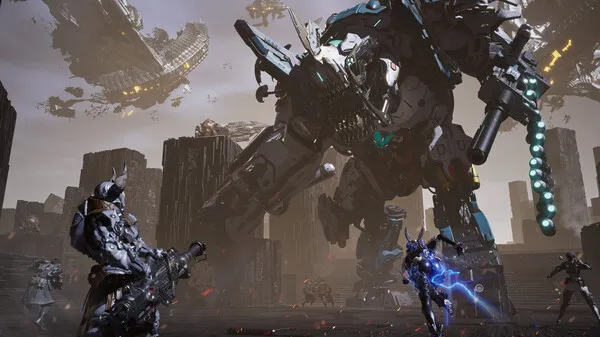
At the start, you’ll select one of a few Descendants: Lepic, Ajax, or Viessa.
- Lepic is the best choice for beginners. He’s simple to use, has reliable AoE damage, and can survive mistakes.
- Ajax plays more defensively, specializing in shields and tanking damage for the team.
- Viessa uses ice powers to slow enemies and control the battlefield, but she requires more careful play.
In your first hours, focus on completing the main story quests. These missions unlock key game features, new regions, and provide materials for future progress. Don’t skip exploring side activities — vaults, resource missions, and optional challenges offer gear and experience to help you prepare for tougher battles.
Core Combat Mechanics
Combat in The First Descendant isn’t just about firepower — it’s about how you combine weapons, abilities, and movement.
- Balance weapons and skills: Weapons are your consistent damage source, while abilities add bursts of power or control. Don’t rely on only one side.
- Mobility is survival: The grappling hook, double jumps, and dodges let you outmaneuver enemies. Use them constantly to reposition and avoid incoming fire.
- Target weak points: Standard enemies and bosses have vulnerable zones. Hitting these not only deals extra damage but often staggers or interrupts their attacks.
- Environmental awareness: Exploding barrels, choke points, and high ground can give you a decisive advantage. Smart positioning can save more health than extra armor.
Growing Stronger: Leveling and Mastery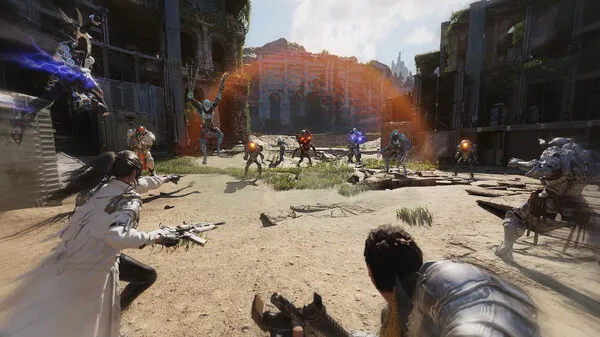
Your character’s strength isn’t just tied to level. Progression in The First Descendant comes from several systems:
- Mastery Rank: Increases overall power and unlocks module capacity, weapon slots, and account-wide upgrades. Aim to raise this steadily by leveling multiple Descendants and unlocking gear.
- Modules: These are enhancement chips you install on characters or weapons. They improve damage, reduce cooldowns, or boost survivability. High-capacity modules can completely change your playstyle.
- Reactors: Reactors amplify skill power, and matching the right element to your Descendant multiplies effectiveness. For example, an Ice Reactor boosts Viessa’s frost abilities.
Focus early on building a strong reactor-match setup and using modules that support your preferred skills or weapons.
Early Game Priorities
When you’re still learning the ropes, avoid wasting resources. Here are priorities for your first 10–20 hours:
- Stick to one main Descendant until you understand core mechanics. Lepic is the easiest to master.
- Don’t over-invest in weak weapons — you’ll replace them quickly. Save materials for rare or long-term guns.
- Farm resource-heavy missions like defense or special ops, as they reward good experience and crafting materials.
- Explore for Encrypted Vaults — hidden caches across maps that reward rare modules and gear.
Mid-Game Strategy: Handling Difficulty Spikes
Around mid-game, enemies hit harder, bosses become complex, and builds start to matter more.
- Upgrade modules regularly: Focus on skill damage, cooldown reduction, or survivability depending on your role.
- Fine-tune your loadout: Switch between AoE weapons for mobs and precision rifles or launchers for bosses.
- Learn boss mechanics: Void Intercept Battles demand knowledge of weak points, frenzy phases, and group coordination.
- Adapt your characters: Some missions are easier if you swap to a different Descendant with the right element or abilities.
This is when teamwork and build efficiency matter more than raw level.
Choosing & Building Descendants
Unlocking more characters is one of the game’s main goals. Each plays differently, so plan who to get next.
- Bunny: A high-speed electric hero who excels at mobility and burst damage.
- Viessa: A great crowd controller for freezing and slowing enemies.
- Ajax: Strong tank with protective barriers, ideal for group play.
- Lepic: Reliable AoE attacker, simple yet effective for all players.
When building characters:
- Match their reactors to their element.
- Prioritize modules that boost their signature abilities.
- Experiment with loadouts to find whether you enjoy aggressive or defensive playstyles.
Advanced Systems and Optimization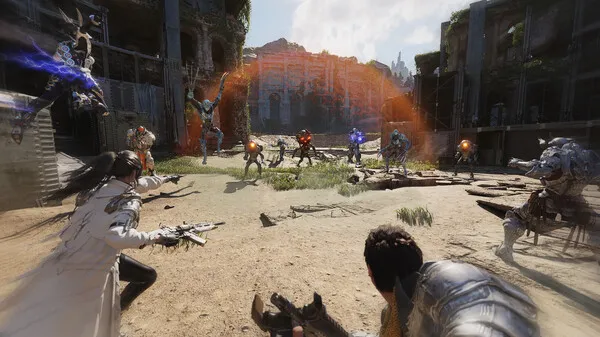
At higher levels, small optimizations can make huge differences.
- Crystallization Catalysts: Reduce the cost of powerful modules, letting you equip more of them. Use wisely on rare modules.
- Mid-Air Maneuver Modules: Drastically improve mobility, giving you the ability to dodge or hover effectively in boss fights.
- Ammo Management: Use modules that increase your ammo pool for extended fights. Some weapons share ammo types — plan accordingly.
- Vault Strategies: Vaults respawn on timers. Resetting them by fast traveling or teleporting can make farming much more efficient.
These advanced tricks let you squeeze every bit of efficiency from your gear and missions.
Mission Types to Prioritize
There are many activities, but some are better for progression than others:
- Main Quests: Always progress these first; they unlock areas, characters, and systems.
- Side Missions: Great for farming specific resources and breaking monotony.
- Special Operations: Mid-game missions that reward more XP and rare loot.
- Void Intercept Battles: High-level raid-like encounters that require coordination and drop some of the best rewards.
Balancing between farming missions and story progression ensures you don’t get stuck.
Efficiency and Resource Management
Nothing feels worse than wasting rare crafting materials. Keep these in mind:
- Dismantle unused weapons instead of hoarding. The resources gained are often more valuable.
- Save rarer currencies for late-game upgrades and ultimate gear.
- Prioritize upgrades on long-term weapons or characters you use often.
- Join events or time-limited missions — these often give rare resources faster than regular grinding.
Resource efficiency determines how quickly you can build new Descendants or power up weapons.
Staying Updated
Like any live-service game, The First Descendant will evolve with patches and balance changes.
- Keep an eye on adjustments to characters, modules, or weapons — what’s weak today may be strong tomorrow.
- Watch what the community or high-level players are using. Their builds often highlight what’s currently most effective.
- Be ready to respec or try new characters; flexibility keeps the game fresh and helps you adapt.
Conclusion
The First Descendant is a deep mix of fast-paced combat, RPG progression, and cooperative missions. To succeed, focus on mastering movement and combat early, build your Descendant with the right reactors and modules, and steadily climb through main and side missions. Once mid-game arrives, refine your builds, learn boss mechanics, and invest resources wisely. In late-game, advanced optimizations and efficient farming will set you apart.
Whether you’re clearing waves of enemies or tackling raid bosses, smart play and adaptability are the keys to thriving as a Descendant.
